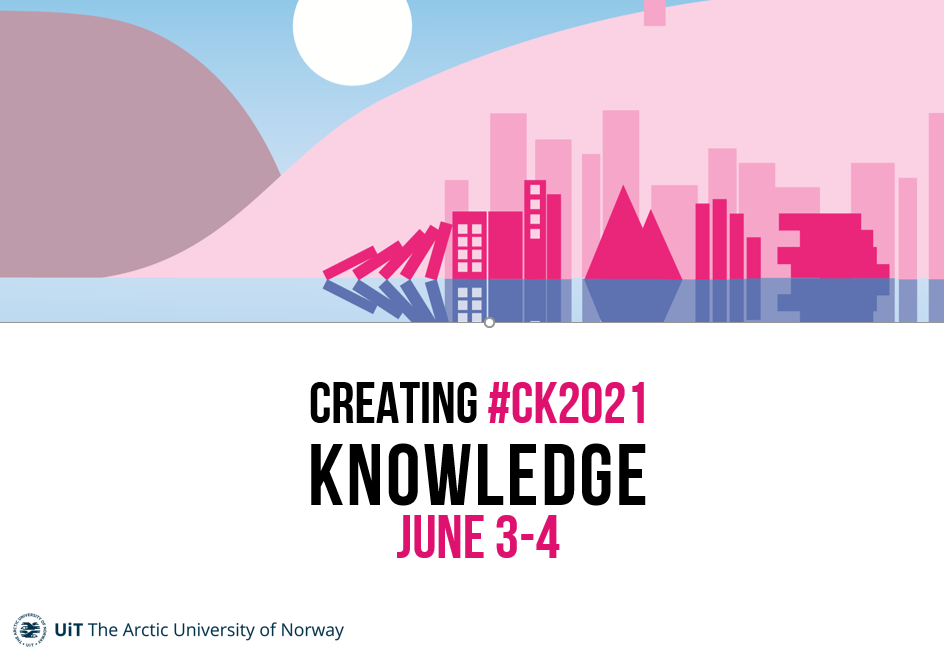The Kent Copyright Literacy Strategy
DOI:
https://doi.org/10.7557/5.5829Keywords:
copyright, copyright literacyAbstract
This presentation reports on the University of Kent’s Copyright Literacy Strategy. The strategy was published in July 2020to raise awareness of copyright amongst staff and students. Thishelps minimise the risk of copyright infringement, as well aspreventingcopyright being a barrierto innovative teaching and research.This work builds on a multinational research project to assess the copyright literacy of information professionals (Todorova et al, 2017) and further research in the UK to understand copyright literacy within higher education institutions (Morrison & Secker, 2015; Morrison & Secker 2017; Morrison, 2018). The research has found that copyright isa source of anxiety for library staff who are often expected to have a high level of knowledge of copyright issues. This proves challenging when addressing university staff and student activity,and there is a need for nuanced conversations about application of copyright exceptions and risk managed approaches(IFLA, 2018).Copyright has also been identified as a key issue at the intersection between information literacy and scholarly communication (ACRL, 2013). This is particularly relevant when advocating for open science and open scholarshipsuch as identifying and using Creative Commons licensed content.The University of Kent copyright literacy strategysetsout a vision for raising awareness of copyright issues(University of Kent, 2020). It was developed in collaboration between academic, library and other professional services staffand is intended to encourage its staff and students to take a critical yet responsible approach to managing use of copyright material. This presentation will explain the methodology used to consult with relevant stakeholders and address the tensions between differentelements of the University. It will outline the key principles and values behind the strategy and report on practical benefits of adopting a strategic approach to copyright literacy.
Metrics
References
ACRL (2013) Intersections of Scholarly Communication and Information Literacy: Creating Strategic Collaborations for a Changing Academic Environment . ACRL. Available at: https://www.ala.org/acrl/sites/ala.org.acrl/files/content/publications/whitepapers/Intersections.pdf
Todorova, T. et al. Information Professionals and Copyright Literacy: A Multinational Study. Library Management Journal, 2017, 38 (6/7). https://doi.org/10.1108/LM-01-2017-0007
IFLA (2018) Accelerating Access: IFLA Statement on Copyright Education and Copyright Literacy. Available at: https://www.ifla.org/publications/node/67342
Lave, J., & Wenger, E. (1991). Learning in doing: Social, cognitive, and computational perspectives. Situated learning: Legitimate peripheral participation. Cambridge University Press.
Morrison, C. (2018). Illustration for Instruction and the UK Higher Education Sector: Perceptions of risk and sources of authority. Masters dissertation, King’s College London. https://kar.kent.ac.uk/73310/
Morrison, C and Secker J. (2015) Copyright Literacy in the UK: a survey of librarians and other cultural heritage sector professionals. Library and Information Research. 39 (121) https://doi.org/10.29173/lirg675





